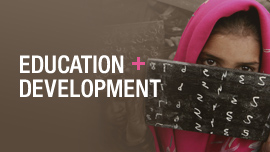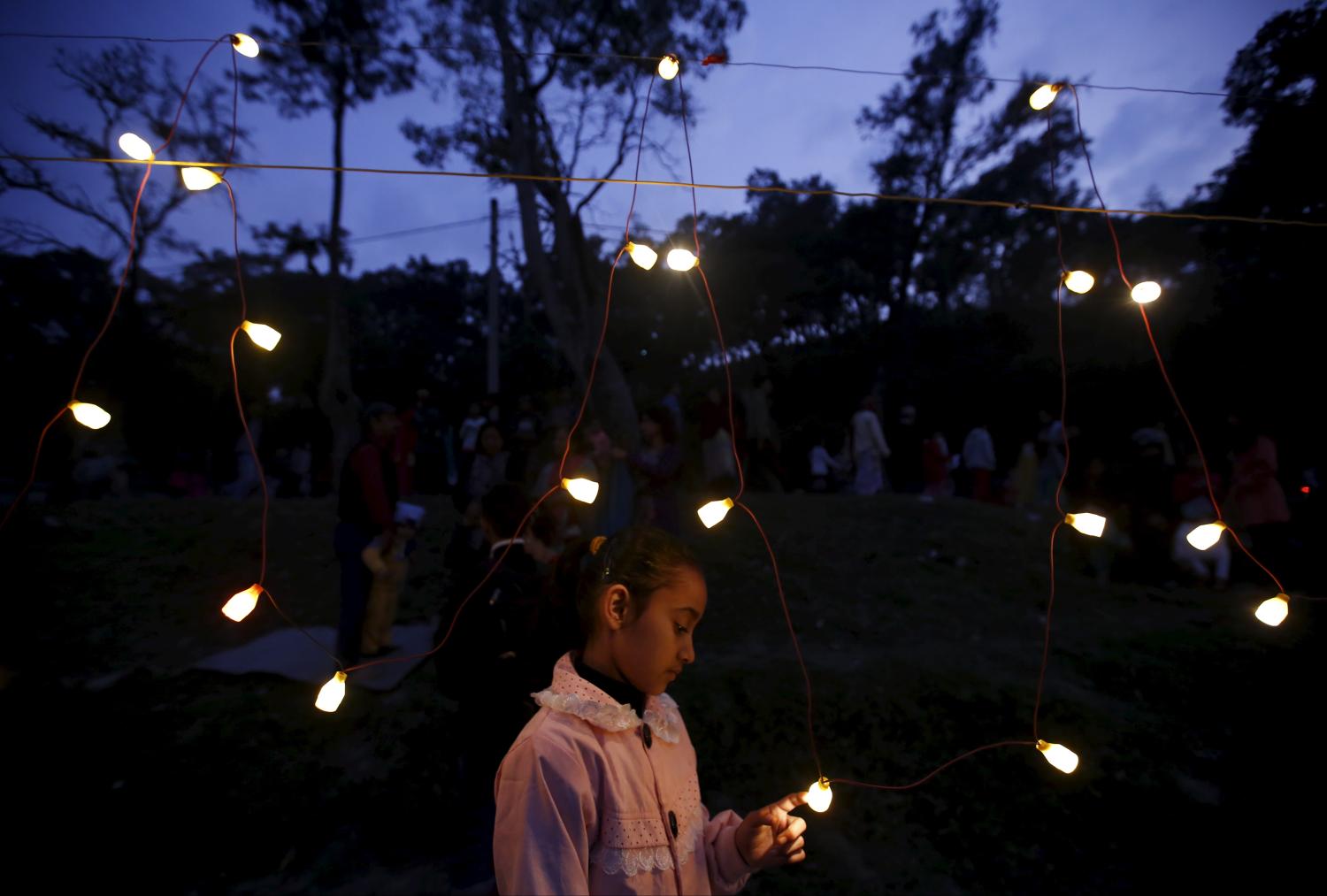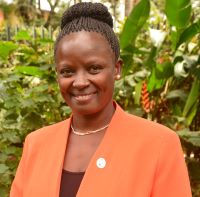Despite national policies supporting gender equality and global commitments like the African Union Agenda 2063 and the 2030 Agenda for Sustainable Development, women continue to be underrepresented in leadership within Tanzania’s education system. What is holding women back?
As an Echidna Global Scholar, I researched women’s leadership pathways in Tanzania’s secondary education sector from July to October 2024, seeking to identify the factors enabling or hindering women’s advancement into leadership. I also examined how current policies, strategies, and practices support or impede progress.
Findings reveal that social narratives about gender roles and about leadership translate into opportunities and barriers. These narratives manifest in perceptions held by women themselves as well as in their relations with others around them, and they interact with institutional policies, practices, and structures. Taken together these limit women’s advancements into leadership positions, and while promotion policies and guidelines exist, they often fail to address these issues.
Contrasting social narratives limit opportunities while highlighting leadership potential
Patriarchal norms position men as leaders and women as caretakers, lowering expectations for women in leadership. Women are expected to prioritize family responsibilities, including caring for husbands, limiting their availability for leadership roles. Women of reproductive age are frequently perceived as “unreliable” because it is assumed they will get pregnant and/or have children, which is believed to disrupt continuity and create leadership “gaps.”
On the flip side, however, women in leadership are recognized as demonstrating strong capabilities. They are seen as responsible, empathetic, inclusive, and trustworthy. They are said to show deep commitment, foster teamwork, and adhere to rules. This narrative creates opportunities for leadership roles, with women expected to inspire others and promote inclusive leadership.
Narratives translate into perceptions and relationships in ways that both limit and promote women’s leadership
Social narratives shape how women view themselves and how other people perceive and respond to the idea of women’s leadership. Many of the women in this study had internalized negative narratives in the form of low self-esteem or self-doubt, believing that men are better suited for leadership. This was compounded by the ways in which these social narratives were enacted by others around them; lack of family support as well as rejection and biases limited opportunities and created significant barriers to women’s leadership advancement.
Women in school management often have caregiving roles, making family support crucial for women’s leadership success. But this is not always guaranteed. Women with supportive families, including spouses, tend to progress faster. For example, one female District Education Officer (DEO) advanced her career significantly with her husband’s encouragement to pursue higher education. Conversely, societal and family expectations to prioritize home responsibilities can hinder progress. Perceptions of inadequate support often led to fear of failure and limited women’s leadership aspirations.
Women were also often underestimated for leadership promotions due to biases about their capabilities. Promoters doubted women’s ability to balance leadership with family and social duties, assuming they should or would prioritize home responsibilities. Assumptions such as these are often made about their availability or interest in leadership, denying them leadership opportunities.
In contrast, the presence of women in leadership positions interrupted some of these narratives and created space for positive ideas about women’s commitment, trustworthiness, and ability to solve complex issues. In this sense women leaders serve as role models who can open up opportunities for more women to take on leadership roles. The promotion of women to the position of DEO, for example, has impacted school management in those districts, where we have seen an increase in the number of female Heads of Schools (HoS).
Structural and institutional barriers create uneven opportunities for women leaders, especially in rural areas
Most of the participants in this study perceive progress in women’s leadership roles due to national policies, such as Tanzania’s Education and Training Policy, amended in 2023, that seeks to advance women’s representation in education leadership. Local leadership promotion guidelines aim to guarantee fair access and minimize bias, with DEOs and HoS adhering to these to reduce favoritism and ensure thorough selection processes.
While progress has been noted, these policies fail to account for the unique barriers women face which hinder their access to leadership roles and limit the pipeline of qualified women. The “merit-based” promotion policies establish minimum educational standards, for example, yet women face greater challenges than men in advancing their education and careers due to limited professional development and access to higher education (only 30% of teacher trainees at the bachelor level are women). As a result, many highly experienced women teachers with diplomas are excluded from leadership roles. Rural women face additional barriers like inadequate infrastructure and limited support. One female HoS took 14 years to earn her bachelor’s degree while caring for a child with special needs.
Yet despite these challenges, there are no targeted support programs to build a pipeline of women leaders. Women often have less access to financial resources, hindering their ability to invest in education or pursue leadership roles. And when resources are scarce, they often prioritize family needs over personal advancement, delaying their qualifications.
Finally, the absence of gender specific targets within the education sector undermines women’s leadership representation. A school management committee member emphasized the need for clear targets to ensure gender balance in leadership. While political progress has been made, in part through constitutional amendments requiring that over 30% of parliamentary seats go to women, other sectors, including education, lack similar targets.
Recommendations
Achieving gender equality in educational leadership in Tanzania requires targeted strategies to address systemic barriers and empower women through a multi-faceted approach that requires collaborative efforts between multiple stakeholders, including the Ministry of Education and development partners.
Develop a gender strategy in education and training
The Ministry of Education, with stakeholders, should conduct a gender analysis to further identify barriers to educational leadership and develop equitable strategies to address these. Policies should be updated with targets for women’s representation, and gender-disaggregated data should be included in annual education statistics for accountability. Regular gender audits and a leadership database should support evidence-based interventions and track gender parity trends in leadership.
Establish transparent promotion criteria for teachers
Local government administrations should establish transparent promotion criteria for teachers, shared through meetings and published on the Ministry’s website to ensure equal access. Kenya’s TPAD system, which improved morale and accountability by outlining promotion criteria and reducing bias, serves as a model. Similarly, Tanzania’s Teachers Professional Development program can provide coaching to help teachers understand the promotion criteria and pursue leadership roles. Transparency combined with targeted support promotes fairness, inclusivity, and equitable career growth.
Promote women’s leadership development and engage role models
Development partners should set gender parity criteria in educational leadership and support initiatives addressing social barriers. Collaboration with government agencies can raise awareness of the norms affecting leadership representation. They should support programs that build women’s confidence and leadership skills through training, mentorship, and workshops.
Establish a female in-service teachers’ education fund
The Government should establish a fund for grants or low-interest loans to help in-service female teachers pursue education and leadership training, in collaboration with other ministries and the private sector. A mentorship framework could have women in leadership mentor other female teachers. Integrating this initiative with existing programs and establishing local hubs for leadership training could reduce costs and increase accessibility.
I will be discussing details of these findings and recommendations in the upcoming Brookings annual Research and Policy Symposium on Gender Equality in and Through Education during my workshop on “Leading with women to achieve transformation: Breaking barriers in education sector leadership in Tanzania” on Wednesday December 4th from 11:00amET/7pmEAT. Kindly join me as we discuss this pertinent and timely topic.
The Brookings Institution is committed to quality, independence, and impact.
We are supported by a diverse array of funders. In line with our values and policies, each Brookings publication represents the sole views of its author(s).







Commentary
Women’s leadership in Tanzania’s education system: What is holding us back?
December 3, 2024